Let’s Makey Makey Some Noise
With the start of a new school year just around the corner, or just underway depending on where you’re joining from, I thought it was time to cast a glance at STEAM vs STEM. If you’re reading this blog, you already know how the M is a big part of my world – but where does the Arty part fit?
Teachers know that the arts inspire creativity and intellectual curiosity. By engaging in the arts, students can be creative and explore opportunities to critically interpret the world around them (Appel, 2006). Research points to ways in which the arts develop cognitive skills necessary for success in school. This research indicates that arts inclusion enhances cognitive engagement, provides a better sense of ownership of the learning, and improves attention and perseverance (Appel, 2006). Additionally, research shows that meaningful integration of the arts enhances reading skills, develops reasoning abilities and spatial skills (Appel, 2006).
The Ontario Curriculum Grades 1-8 The Arts curriculum sees students of all grades, 1 – 8, creating and performing music, exploring a variety of forms of music, and reflecting on and responding to music. The curriculum says “the integration of technology into the arts curriculum represents a natural extension of the learning expectations associated with each art form.” And “music education includes the use of analog and digital technology.”
And where might educators find such technology to support student investigation and creation in a cheap and easily accessible manner?
Let me introduce a new member to one of my favourite M families – the Makey Makey Sampler App. Students can hop on to this simple app to mix and remix sounds and music – with an added bonus of connecting it all to Makey Makey and playing the tunes with student created keys! The Makey Makey Sampler App can work on all computers including Chromebooks and iPads. It’s Makey Makey’s answer to sound engineering and digital audio work stations! Download my instructions below:
The app plays like a musical instrument. Students will need to record their creations using another technology, for example another favourite of mine, FlipGrid. Set up a classroom grid, students log in with their school emails or with a teacher generated password, record their creations and have easy access to comment on their classmates’ creations! What could be easier?
Learn more about the Makey Makey Sample App here!
What are you waiting for? Time to get your creative on!! Don’t forget to level up the STEAMy bits by using Makey Makey to play the sounds on your app.
Appel, Morgan P. 2006. Arts integration across the curriculum. Leadership 36, (2) (Nov): 14-17, retrieved from: http://search.proquest.com/docview/204317785?accountid=15115 (accessed July 22, 2014).
About the Author:
Barb Seaton is brought to you by the letter M - Math, Micro:bit, Makey Makey and Minecraft! A professional learning associate with Fair Chance Learning, previous educator and Provincial Mathematics Professional Learning Facilitator, Barb offers a wealth of knowledge and expertise in integrating new technology with math curriculum. Barb works with District School Boards across Canada delivering professional learning on computational thinking, coding and integrating programmable devices. Catch Barb on twitter @barb_seaton





